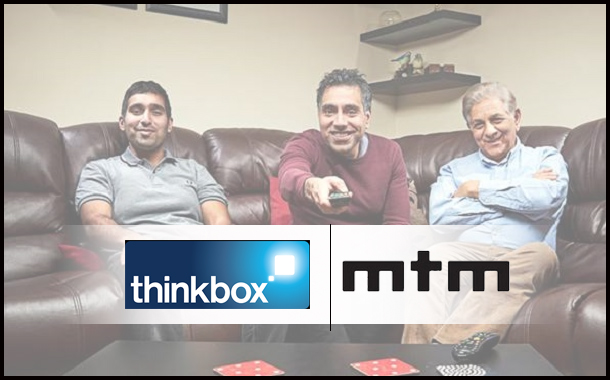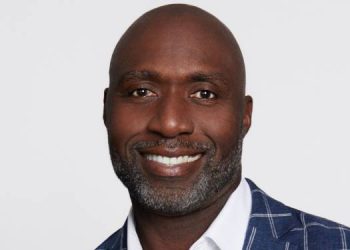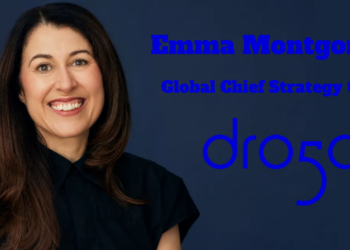A study from UK commercial TV association Thinkbox has revealed why different forms of TV and video co-exist in people’s lives and that there are fundamentally only a small number of reasons for why we watch.

The Age of Television study was conducted by research and strategy consultancy MTM and was based on a qualitative analysis of 150 days of TV and video viewing filmed through camera glasses worn by 30 people, and a quantitative study of 6,000 people in the UK. It attempted to discover explained the different reasons why people watch live and on-demand TV — both from broadcasters and subscription services like Netflix — and also revealed why people use online video platforms like YouTube.
Fundamentally it found that there are eight different ‘need states’ which people watch TV and video to satisfy. In order of time spent, they are: unwind (26% of viewing time), so that people can relax and de-stress from the pressures of the day; distract (18%), that is instant gratification to fill time, counter boredom, have a break; comfort (16%), shared family or couple time with familiar shows; in touch (12%), to feel aware of what’s happening in the world; experience (10%), watching together, watching live or joining social conversation about what’s on; indulge (9%), pursuing personal interests, hobbies and passions, sometimes guilty or niche pleasures; escape (7%), where people lose themselves in another world; do (2%), seek out useful, practical information.
Despite the vast amount of ways in which to watch television, Thinkbox found that live TV accounts for over half (56%) of all the video the UK watches, clocking 2 hrs, 38 mins a day. Its enduring popularity said the report, was because it fundamentally satisfied the widest range of viewing needs for more time than any other type of viewing.
People in the UK used the largest chunk of their video viewing time as a means to relax. Live TV accounted for over half (56%) of time in the survey’s unwind category ’this time, as the wide variety of TV shows and genres complements the rhythms of everyday life.

Thinkbox noted that by its nature, live TV excels for watching together and watching shows that are best seen when other people are watching, the experience category, accounting for over two-thirds of all time people spent in this need state. Catch-up/on-demand viewing accounts for 18% of such experience viewing. Online video like YouTube accounted for just 11%.
The same is true for viewing that makes you aware of what is happening in the world (‘In touch’), for which live TV accounts for 77% of all viewing, online video 13%, and catch up / on demand 10%.
Online video platforms like YouTube account for 18% of all video viewing (51 mins a day). The study found they often serve different functions from live and catch-up / on-demand TV. The study also found that online video is often used for non-video purposes, such as being used as a jukebox. Just under a third of people reported using YouTube to listen to music without watching the video for it.

Matt Hill, Research and Planning Director at Thinkbox said, “This research explains why different forms of video co-exist and why TV broadcasters’ live and on-demand offerings continue to make up the vast majority of video viewing time. It also shows how services like Netflix have emerged to super-serve some of our needs when we watch TV, but that they can’t reach all the places TV can – especially the more social and shared reasons to watch, which are so important to people. And it shows how YouTube is often UseTube, with a distinct role for practical help.”
James Bryson, Managing Partner, MTM, “This has been one of the most ambitious and exciting studies that MTM has been involved in. Our research provides a comprehensive understanding of the needs that influence viewer choices across all forms of video. It’s demonstrated the enduring and distinct value of TV for audiences, alongside newer video platforms.”


















